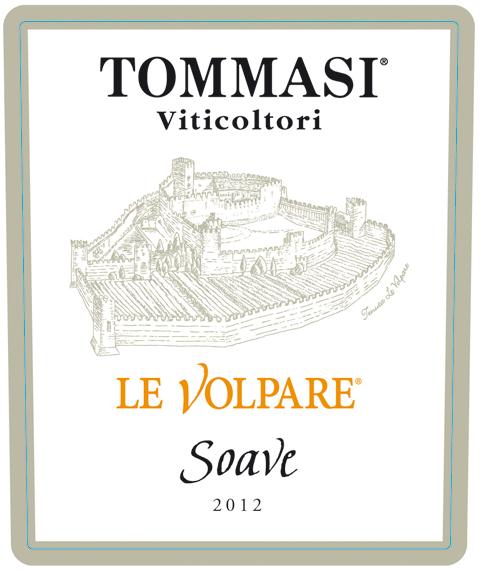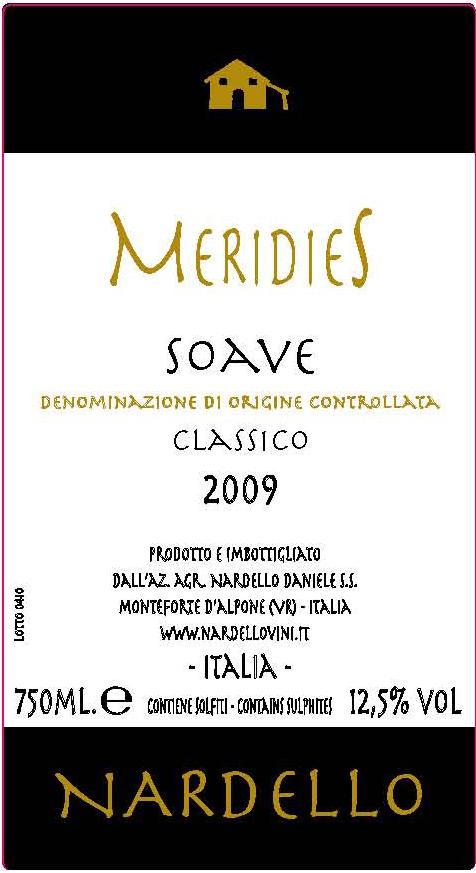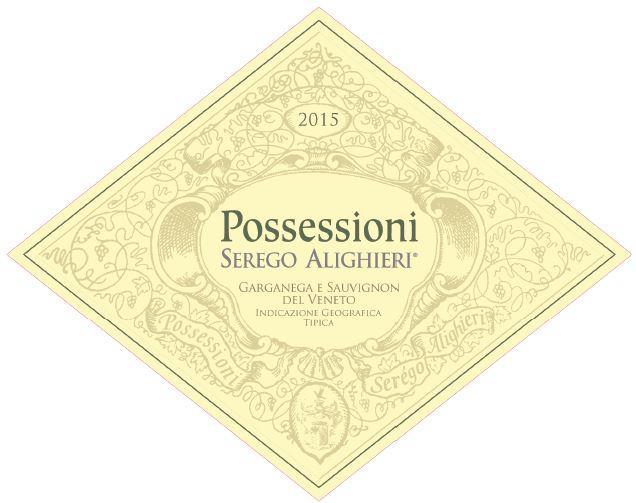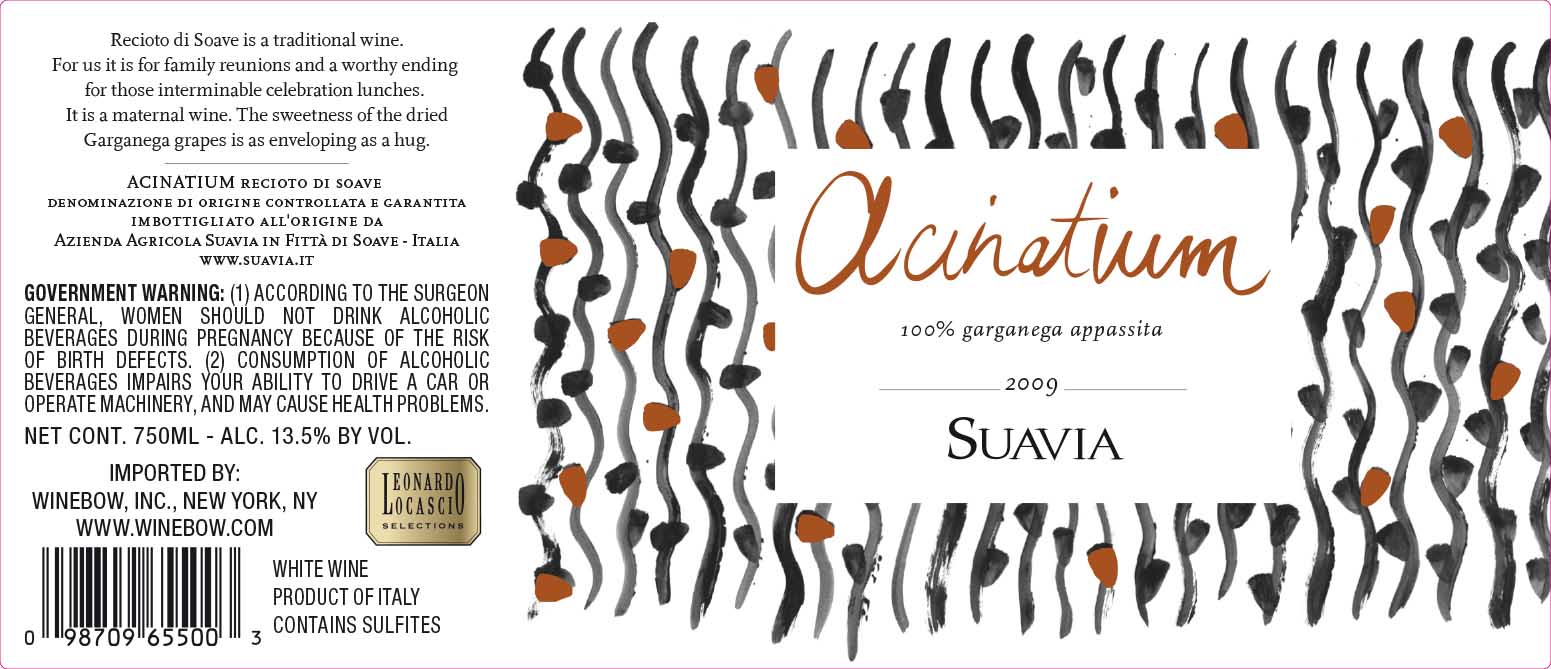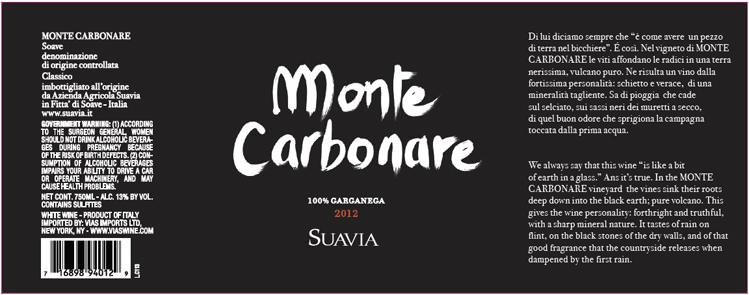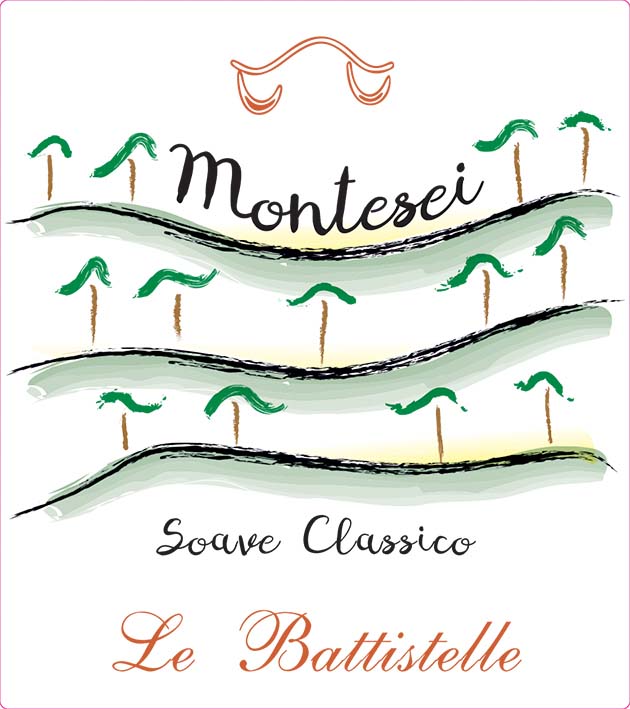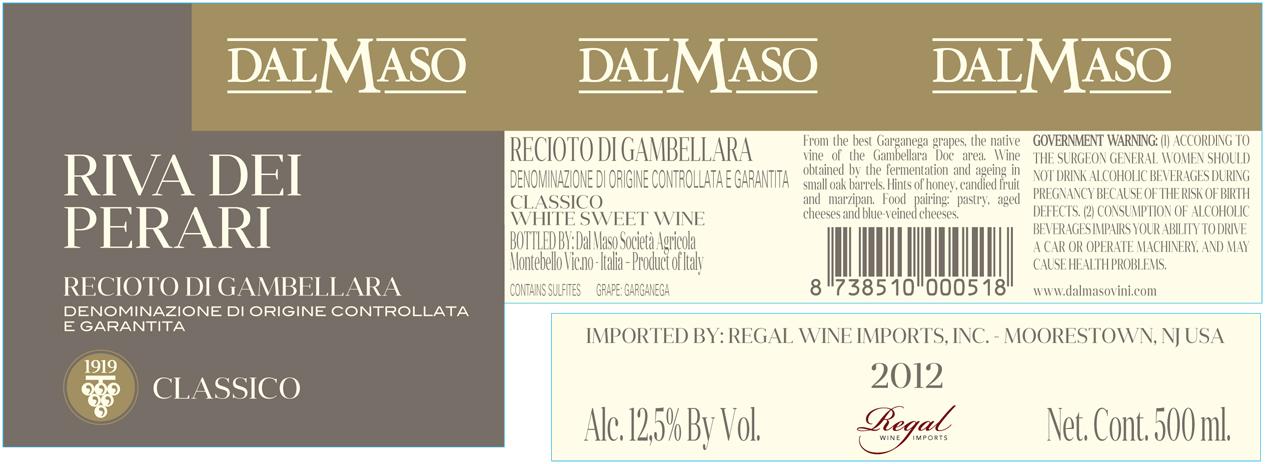Characteristics of Garganega
Garganega is celebrated for its complex aroma profile, which combines floral, fruity, and nutty notes into a harmonious bouquet. The fragrance of white flowers such as chamomile and elderflower is often accompanied by the fresh aroma of citrus blossoms and the sweet scent of stone fruits like white peach and apricot. Orchard fruits, including pear and green apple, add a refreshing dimension, while hints of bitter almond provide a distinctive signature. Herbal nuances of marjoram, thyme, and mint introduce an additional layer of sophistication. With age, Garganega wines can develop enchanting flavors reminiscent of nuts, honey, and dried fruits, sometimes even exhibiting smoky or petrol-like characteristics. The sweet Recioto wines, meanwhile, captivate with their rich notes of honey, candied fruits, and a touch of vanilla, occasionally enhanced by the complexity of botrytis.
What Does Garganega Taste Like?
Garganega's flavor profile reflects its adaptability to different terroirs and climates, particularly in its Italian heartlands:
-
Regional Influence Flavors: In its native Veneto, Garganega often expresses bright citrus elements such as lemon peel and tangerine, along with the minerality of volcanic soils, which can impart flinty or wet-stone nuances.
-
Climate Effect on Flavor: Garganega thrives in warm, sunny climates, maintaining medium-high to high acidity even when fully ripe. This results in balanced wines with refreshing acidity, vital for both dry and sweet styles. In Sicily, known as Grecanico Dorato, the grape often develops a distinct tangy acidity, contributing to its lively palate profile.
Notable Region Garganega Grows In
Garganega's regional expressions are shaped by diverse terroirs and winemaking traditions, enhancing its versatility and unique flavor profiles.
-
Veneto, Italy: Known for producing crisp, mineral-driven wines, especially in the Soave and Gambellara areas, where volcanic soils impart flinty notes.
-
Sicily, Italy: As Grecanico Dorato, it offers wines with vibrant acidity and a lively, tangy character, reflecting the island's sunny climate.
-
Umbria, Italy: Produces wines with a fuller body and richer stone fruit flavors, benefiting from the region's warm temperatures and clay soils.
-
Lombardy, Italy: In Franciacorta, Garganega is sometimes used in sparkling wines, highlighting its acidity and floral aromas.
Food Pairings - Garganega
Dry Garganega is a versatile wine known for its floral and citrus notes, making it a perfect match for a variety of dishes. Its refreshing character enhances flavors and brings a delightful balance to your dining experience.
-
Seafood & Shellfish: The mineral-driven profile of Garganega complements the briny sweetness of mussels, scallops, and clams, while its vibrant acidity enhances dishes like squid ink pasta and seafood risotto, providing a delightful balance to sushi and sashimi.
-
Poultry & White Meats: Its bright citrus notes and subtle almond finish make Dry Garganega an ideal companion for roasted or grilled chicken, chicken piccata, and turkey, as well as more delicate meats like veal scaloppini, offering a fresh counterpoint to the savory richness of these dishes.
-
Vegetables & Salads: The wine's herbaceous undertones pair seamlessly with roasted vegetables, fresh salads with citrus dressings, and dishes featuring green herbs like marjoram, enhancing the natural flavors with its crisp, refreshing qualities.
How to Serve Garganega
How to Serve Garganega
To fully appreciate Garganega's delightful aromas and flavors, proper serving techniques are essential. These tips will help you enhance your Garganega tasting experience.
-
Serving Temperature: Chill to 45–50°F (7–10°C) to emphasize its floral and citrus notes.
-
Glassware: Use a medium-sized wine glass to capture its complex aromas.
-
Decanting: Typically unnecessary for young wines; older vintages may benefit from light aeration.
-
Aging Potential: Best enjoyed young, although some high-quality bottles can age gracefully for up to 5 years.
-
Storage: Store in a cool, dark place at approximately 55°F (13°C) to maintain its freshness and character.





